Born in Warsaw, Poland, in 1894. Died in New Jersey, United States, in 1971.
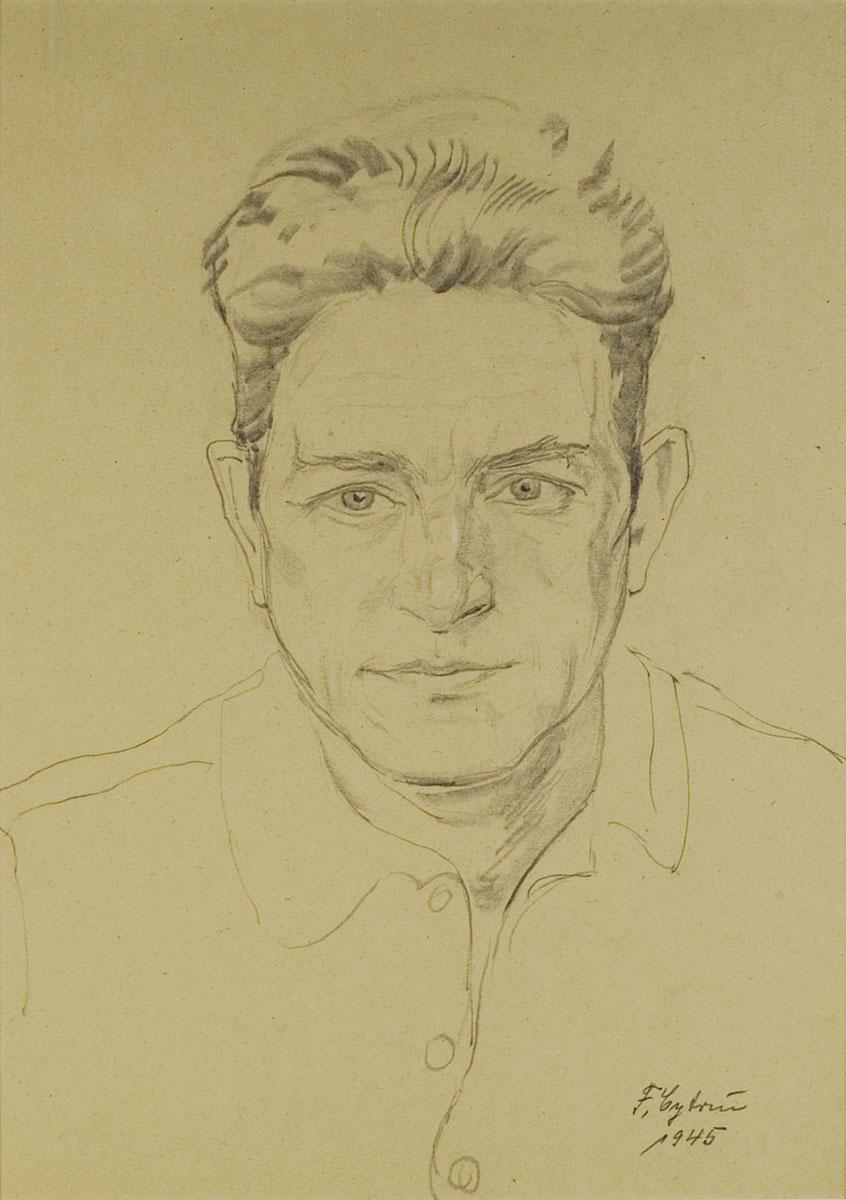
Stereotyper. Born 1902 in Warsaw, Poland. Lived in Oslo, Norway. In 1942, transported to Auschwitz and Sachsenhausen. After the war, returned to work as a stereotyper, in a Norwegian family Magazine, Hjemmet. Died in 1969.
Pencil on paper
35X24.9 cm
Collection of the Yad Vashem Art Museum, Jerusalem
Gift of Marcia Friday in honor of the heirs of Felix Cytrin, PA, USA

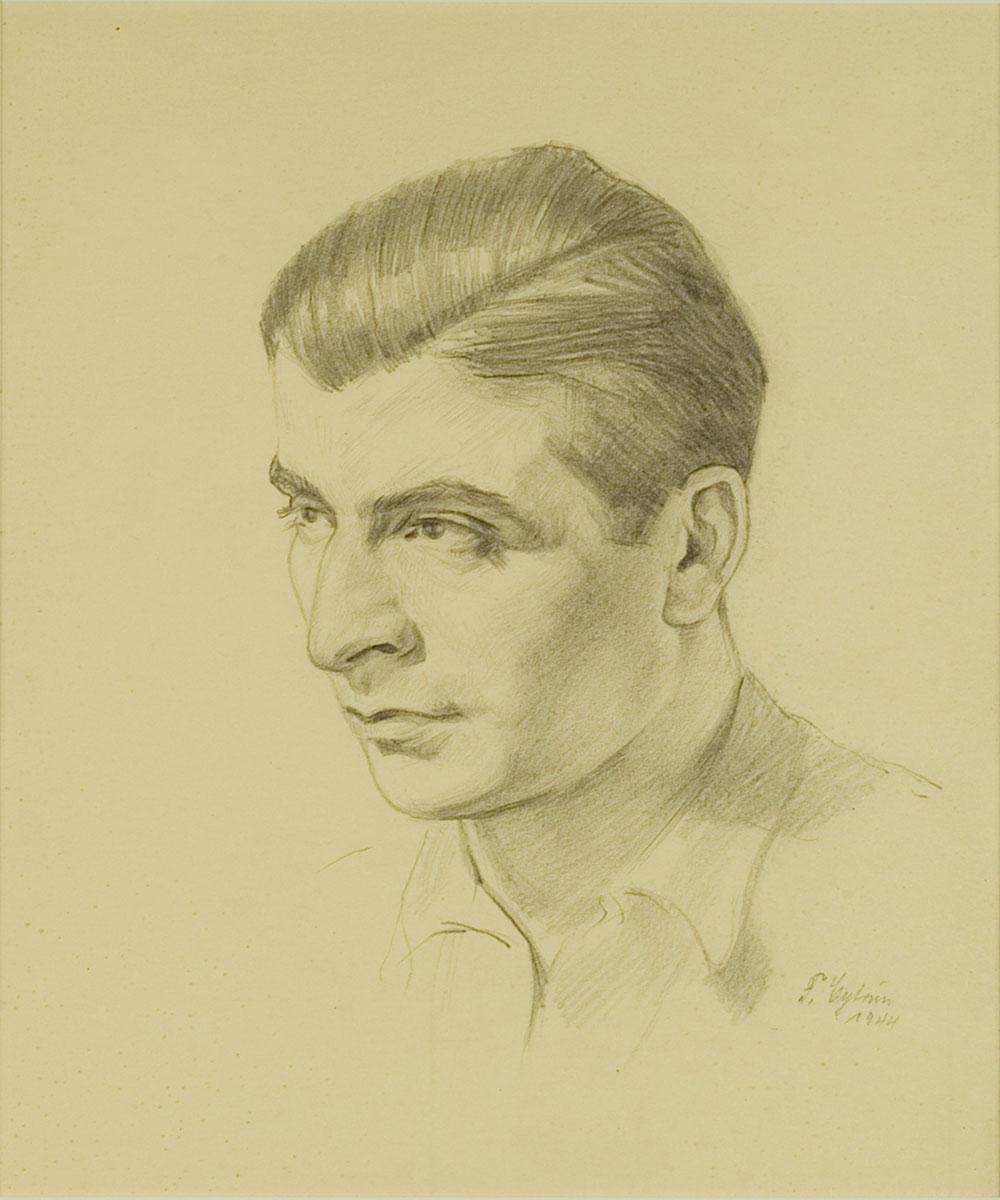
Newsreel cameraman. Bill sorter in Block 19, Sachsenhausen.
Born in Amsterdam, Holland, in 1918. After the war, worked as translator of subtitles of foreign films. Died in Amsterdam, Holland, in 2004.
Paper on pencil
29X20.7 cm
Collection of the Yad Vashem Art Museum, Jerusalem
Gift of Marcia Friday in honor of the heirs of Felix Cytrin, PA, USA

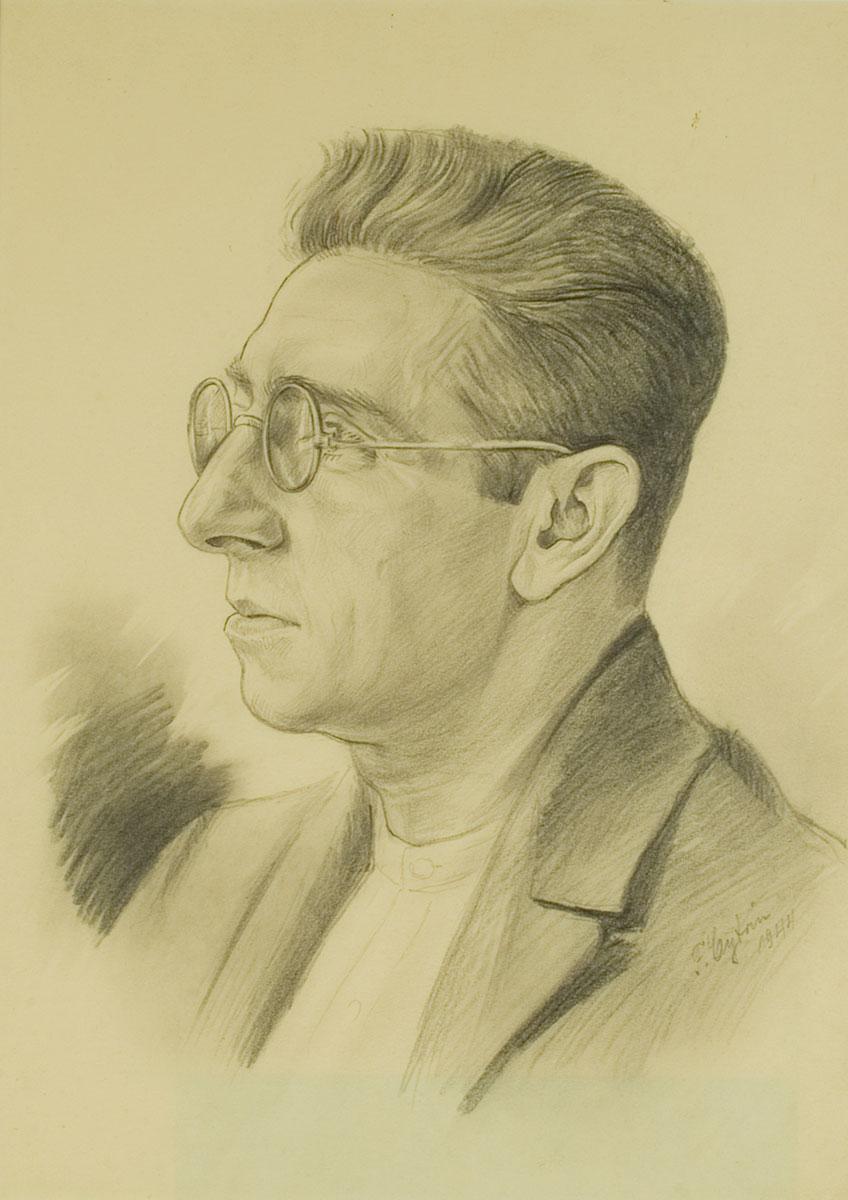
Locksmith. Engraver press mechanic in Block 19, Sachsenhausen.
Born in Kielce, Russian Empire, in 1899.
Pencil on paper
29.1X20.6 cm
Collection of the Yad Vashem Art Museum, Jerusalem
Gift of Marcia Friday in honor of the heirs of Felix Cytrin, PA, USA

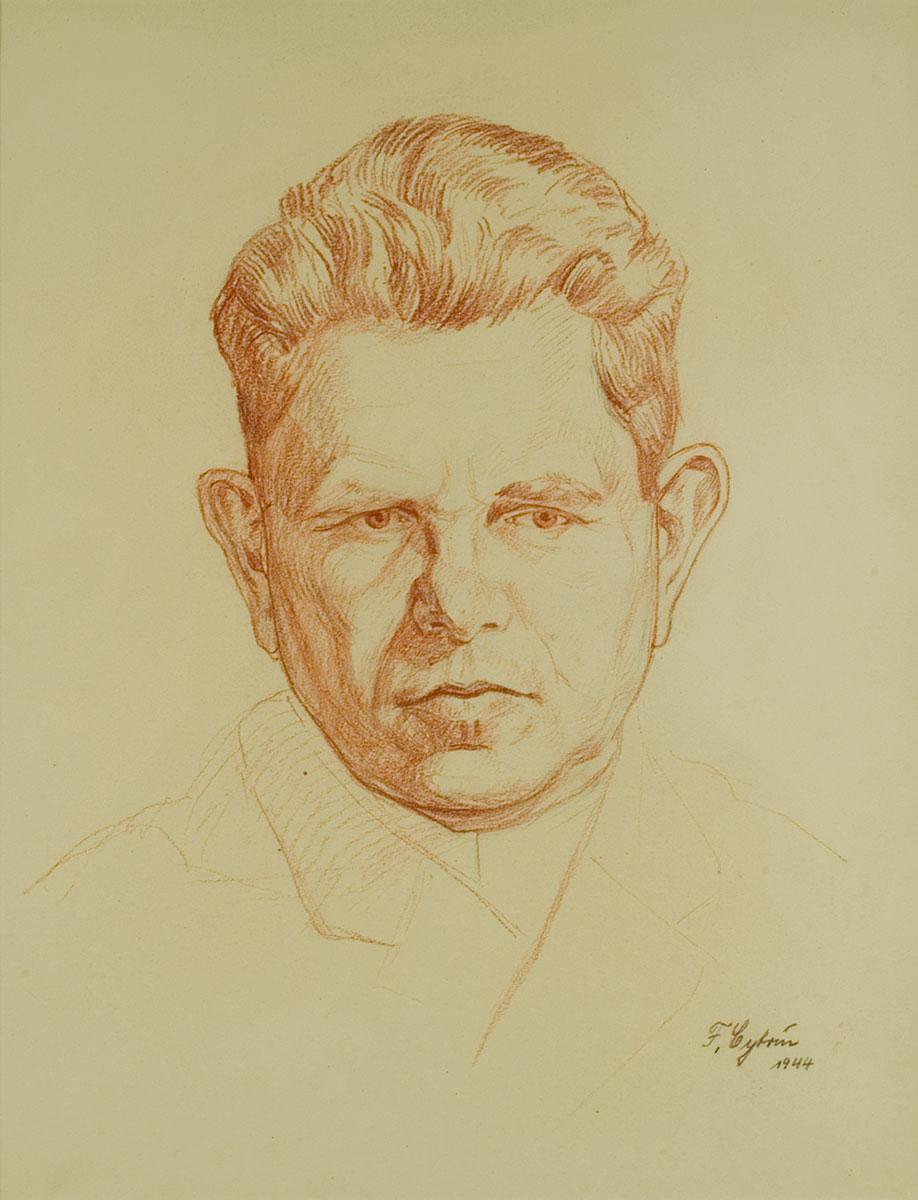
Electrician.
Born in Königsaal, Austro-Hungarian Empire, in 1897.
Sepia on paper
39.7X30.7 cm
Collection of the Yad Vashem Art Museum, Jerusalem
Gift of Marcia Friday in honor of the heirs of Felix Cytrin, PA, USA

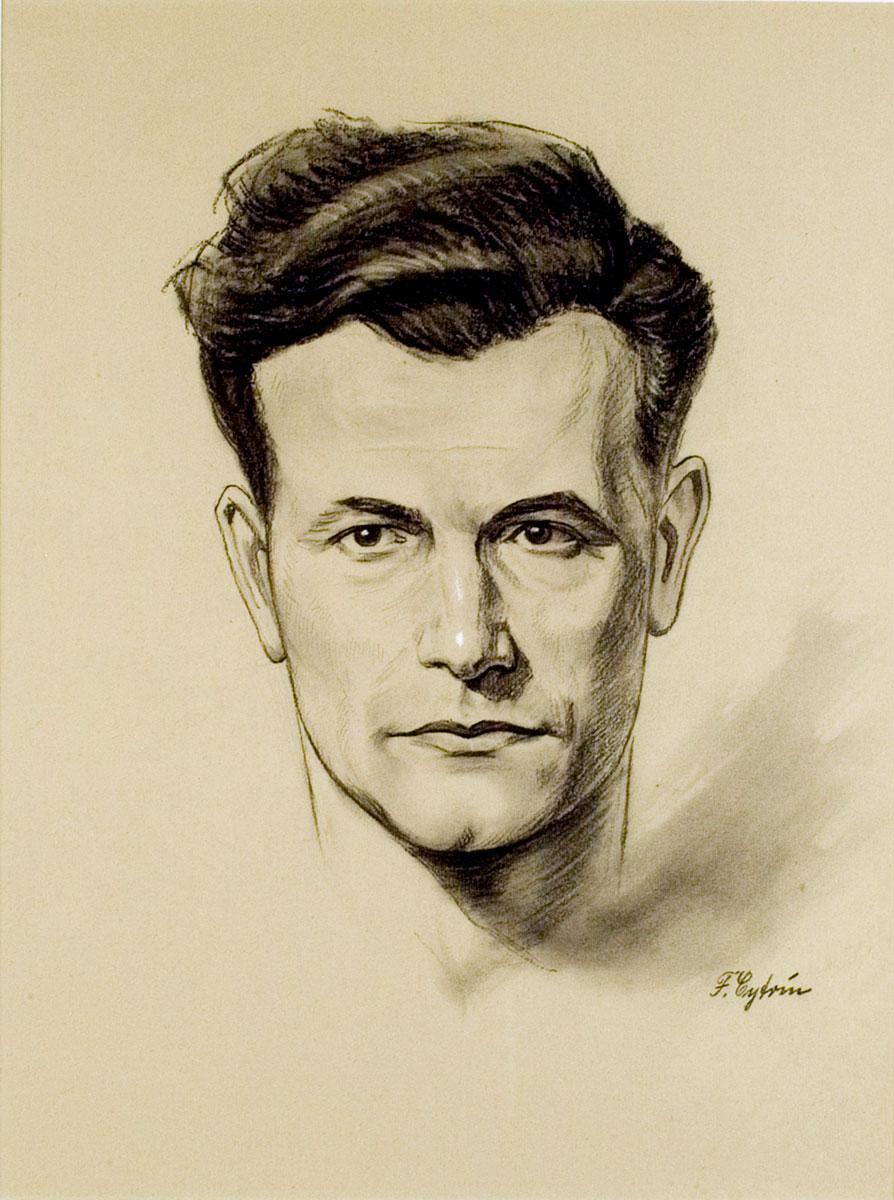
Bookbinder. Foreman of the currency forgery operation in Block 19, Sachsenhausen.
Born in Vienna, Austro-Hungarian Empire, in 1908.
Charcoal on paper
40.3X30.1 cm
Collection of the Yad Vashem Art Museum, Jerusalem
Gift of Marcia Friday in honor of the heirs of Felix Cytrin, PA, USA

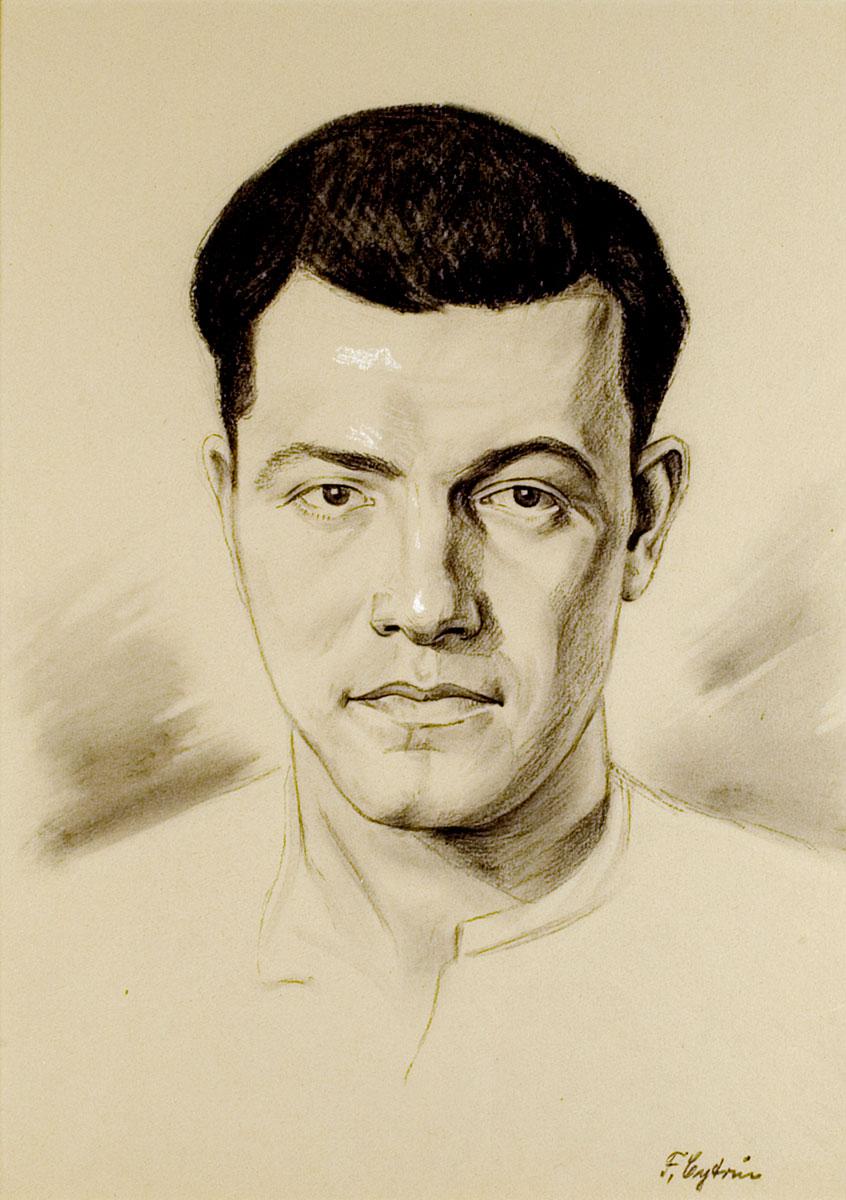
Artist. Retoucher (Paper Currency) in Block 19, Sachsenhausen.
Born 1921 in Berlin, Germany. After the war, active in the cultural scene as a writer, journalist and book illustrator. Died 1983, in East Berlin.
Charcoal on paper
40.2X30.5 cm
Collection of the Yad Vashem Art Museum, Jerusalem
Gift of Marcia Friday in honor of the heirs of Felix Cytrin, PA, USA

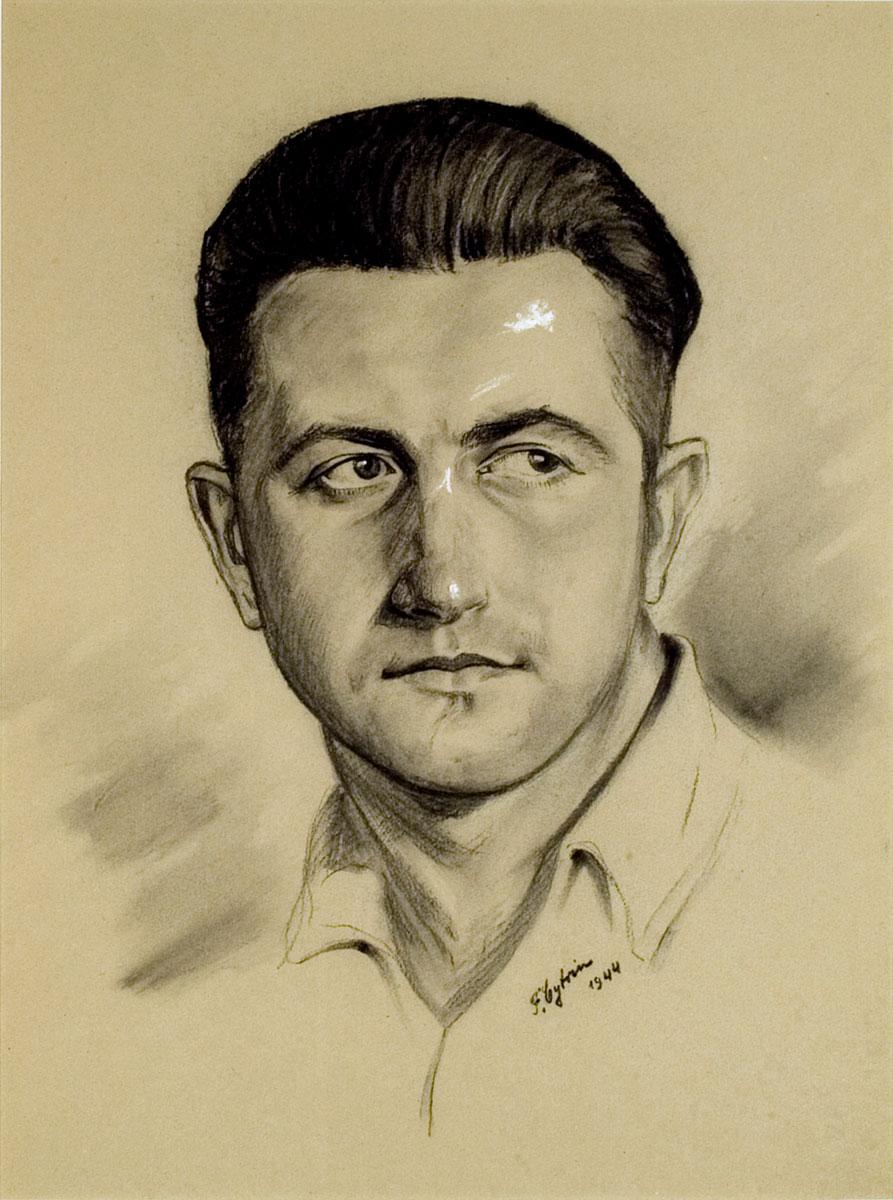
Engraver. Born 1919 in Leslau, Poland.
Charcoal on paper
40.2X30.3 cm
Collection of the Yad Vashem Art Museum, Jerusalem
Gift of Marcia Friday in honor of the heirs of Felix Cytrin, PA, USA

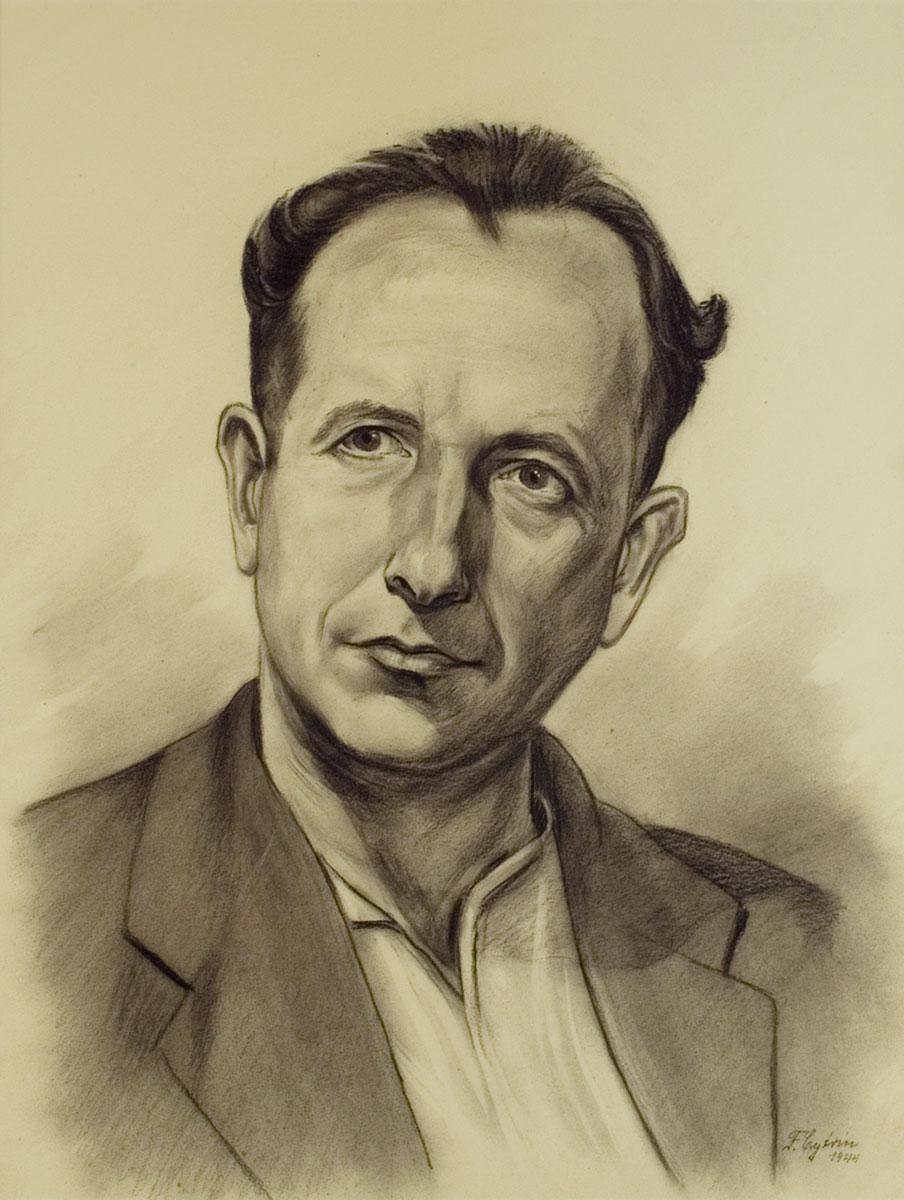
Born in Russia.
Charcoal on paper
40X30.7 cm
Collection of the Yad Vashem Art Museum, Jerusalem
Gift of Marcia Friday in honor of the heirs of Felix Cytrin, PA, USA

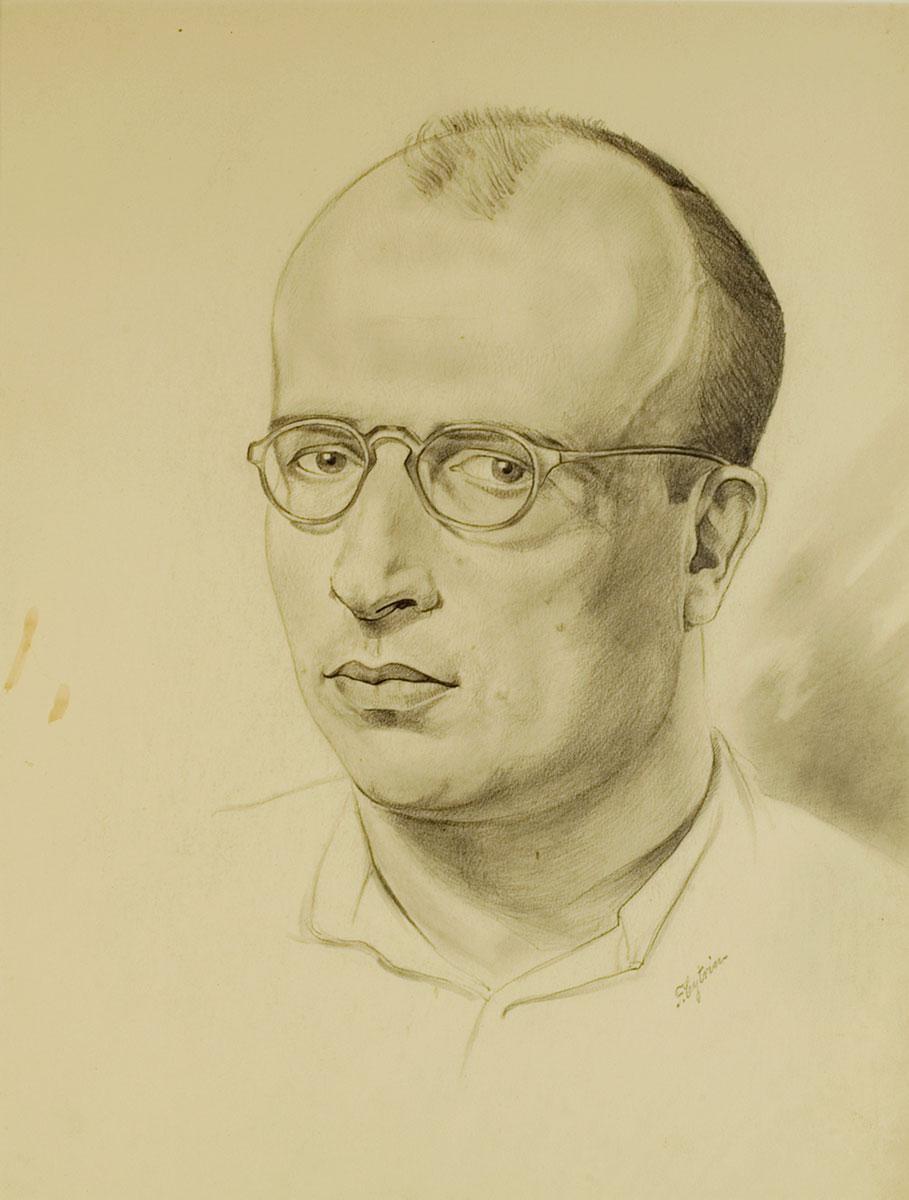
Printer. Born in Lodz, Poland.
Pencil on paper
40.2X30.1 cm
Collection of the Yad Vashem Art Museum, Jerusalem
Gift of Marcia Friday in honor of the heirs of Felix Cytrin, PA, USA

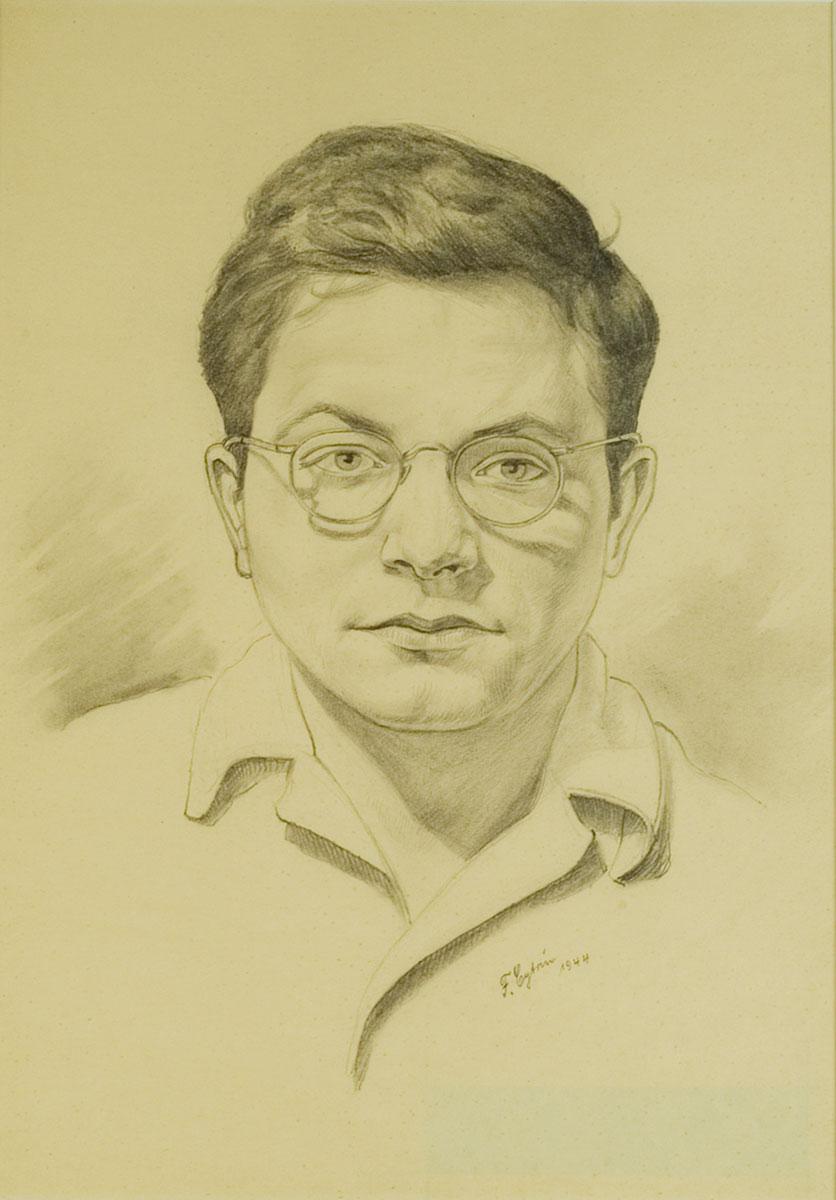
Money sorter. Born in Paris, France.
Pencil on paper
29.1X20.6 cm
Collection of the Yad Vashem Art Museum, Jerusalem
Gift of Marcia Friday in honor of the heirs of Felix Cytrin, PA, USA







